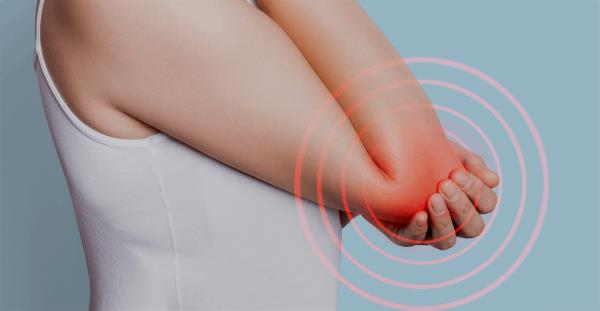
TENNIS ELBOW
LATERAL EPICONDILYTIS
What is Tennis Elbow?
Lateral epicondylalgia, better known as tennis elbow, is an over-use injury of the tendons around the outside of your elbow. It tends to occur as a reaction to an increased demand on the tendon beyond it’s capabilities. Those with tennis elbow will typically report pain and stiffness, which may reduce in the short term with brief gentle movement.
- Lateral epicondylitis, or tennis elbow is the irritation of the tendons that bend your wrist backward away from your palm.
- It’s caused by repetitive motion of the forearm muscles, which attach to the outside of your elbow. The muscles and tendons become sore from excessive strain.
- Like other tendon problems, tennis elbow can be treated in much the same way. Recognising the early warning signs can stop it turning into a long standing, chronic problem.
Contrary to what the name implies, you don’t have to play tennis to get tennis elbow. Day to day repetitive tasks such as carrying heavy bags or hammering can irritate this area. Activities such as opening jars, doors, and typing can become problematic.
Common Symptoms of Tennis Elbow
Pain
Ache along the outside of the forearm and elbow.
Burning
The grip may become weak.

Avoiding Lateral Epicondylitis
- First and foremost, you must reduce the activities that irritate your tendon. If stress continues to be placed on the tissues, the tendon will become more and more irritated.
- A progressive strength program of the muscles and tendons is crucial to eliminate pain. The tendon needs to be strong enough to manage all required activities of the hand and arm.
- Warm up before exercising or using your arms for sports or other repetitive movements
Managing Tennis Elbow
- Keeping strong and staying strong is the best way to manage and prevent further elbow pain.
- If you know you are going to be increasing the use of your arm then ensure to factor in adequate rest intervals and rest days to avoid the overload.
Healing Time for Tennis Elbow
With perseverance, over time your symptoms should reduce in intensity. This may take anywhere from a month to 12 months depending on the severity of your tendon pain and how long you have had it. It is important to increase your movement with exercises and help build strength back into your tendon.
If you are struggling with tennis elbow get in touch with one of our physios.
Book Online Now
More info about Tennis Elbow and Elbow pain here